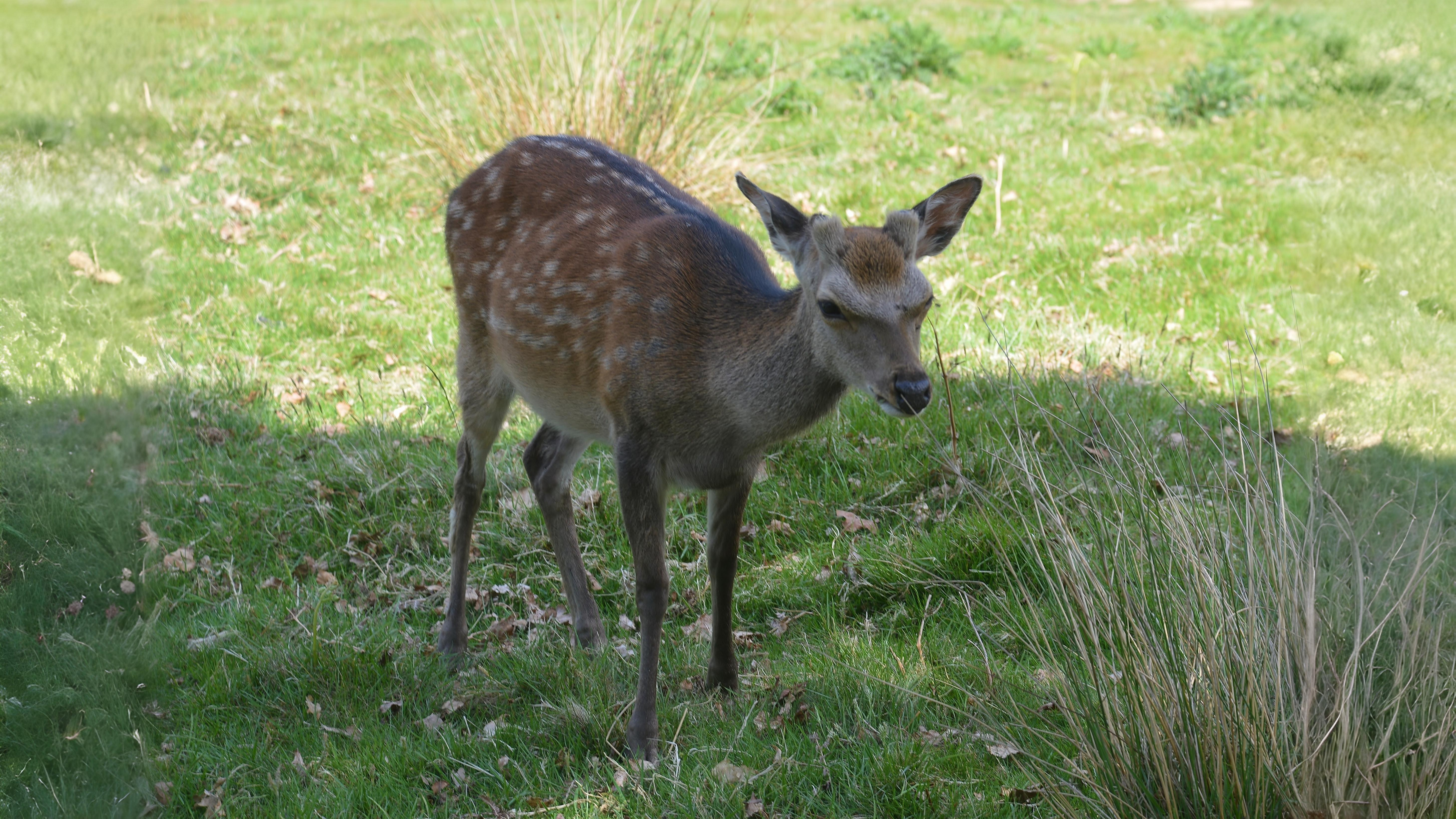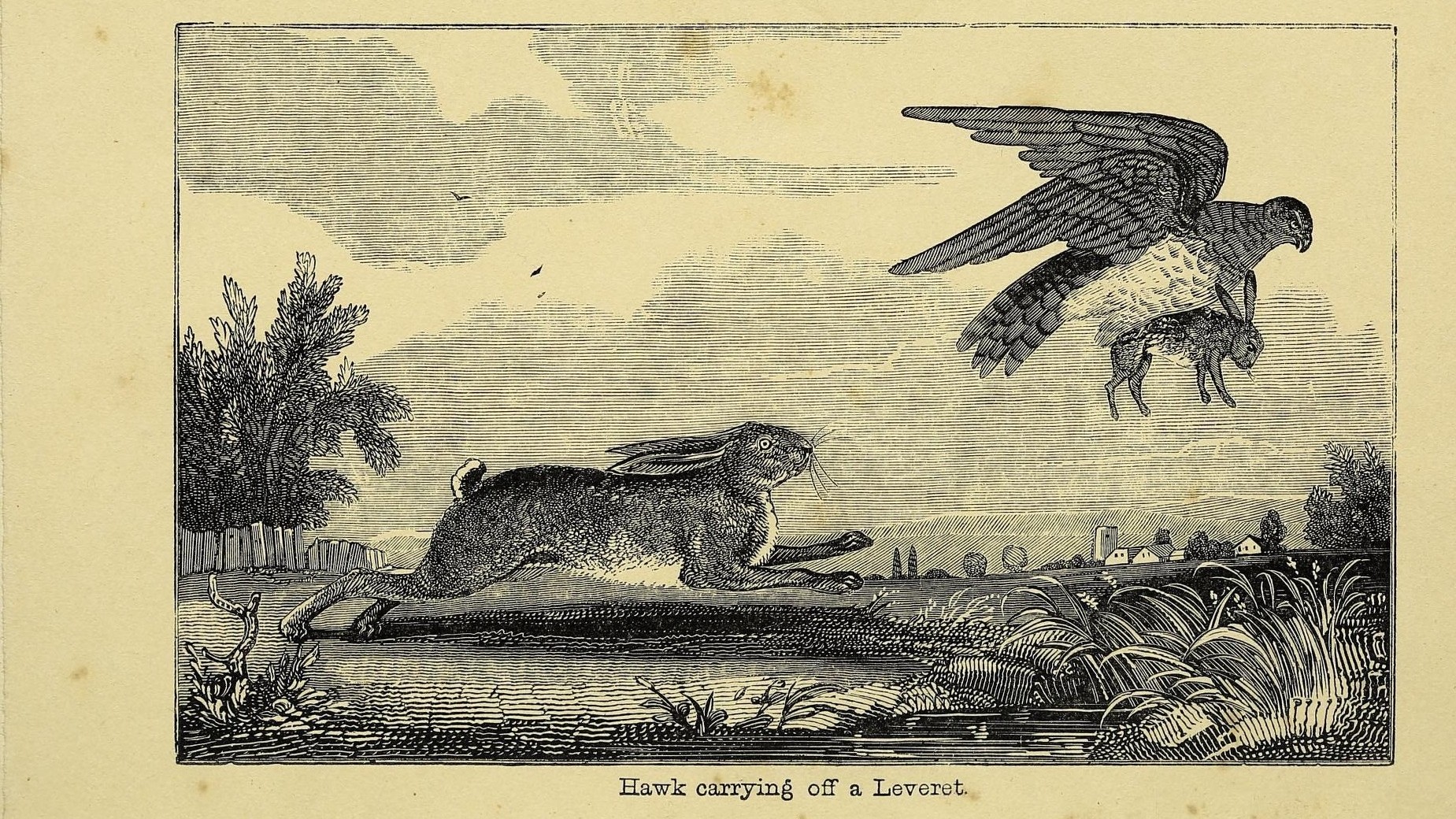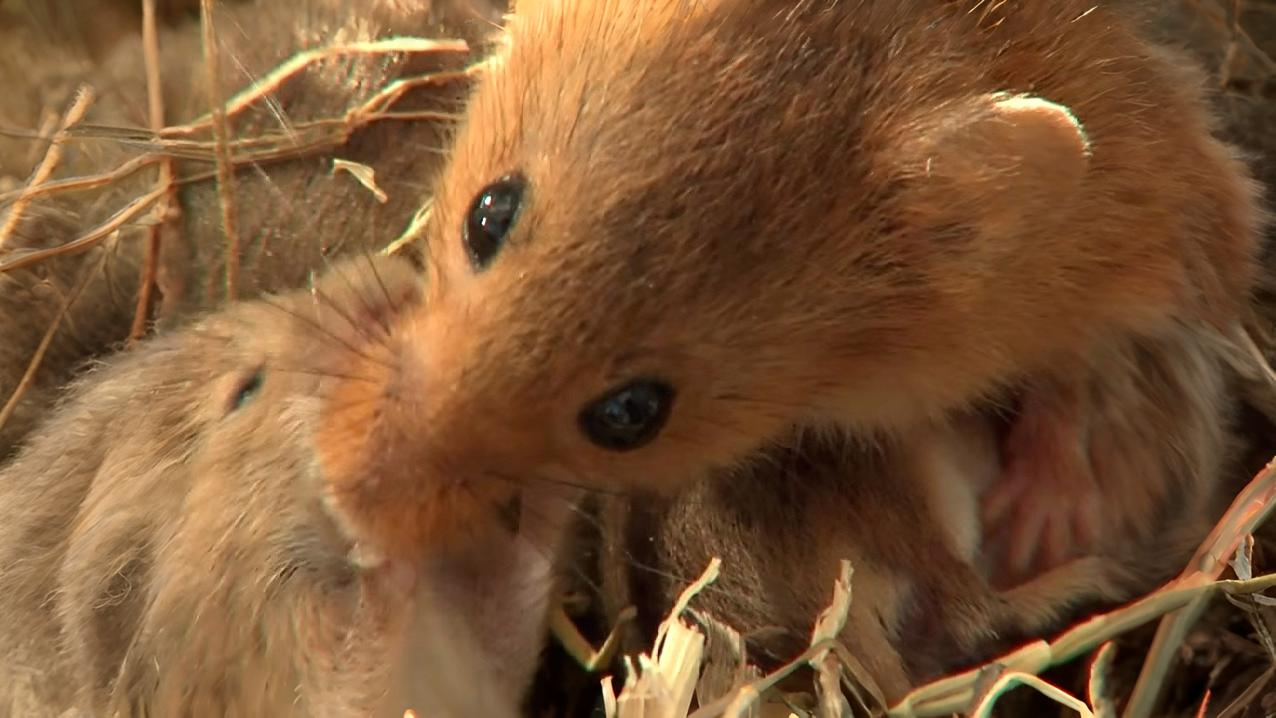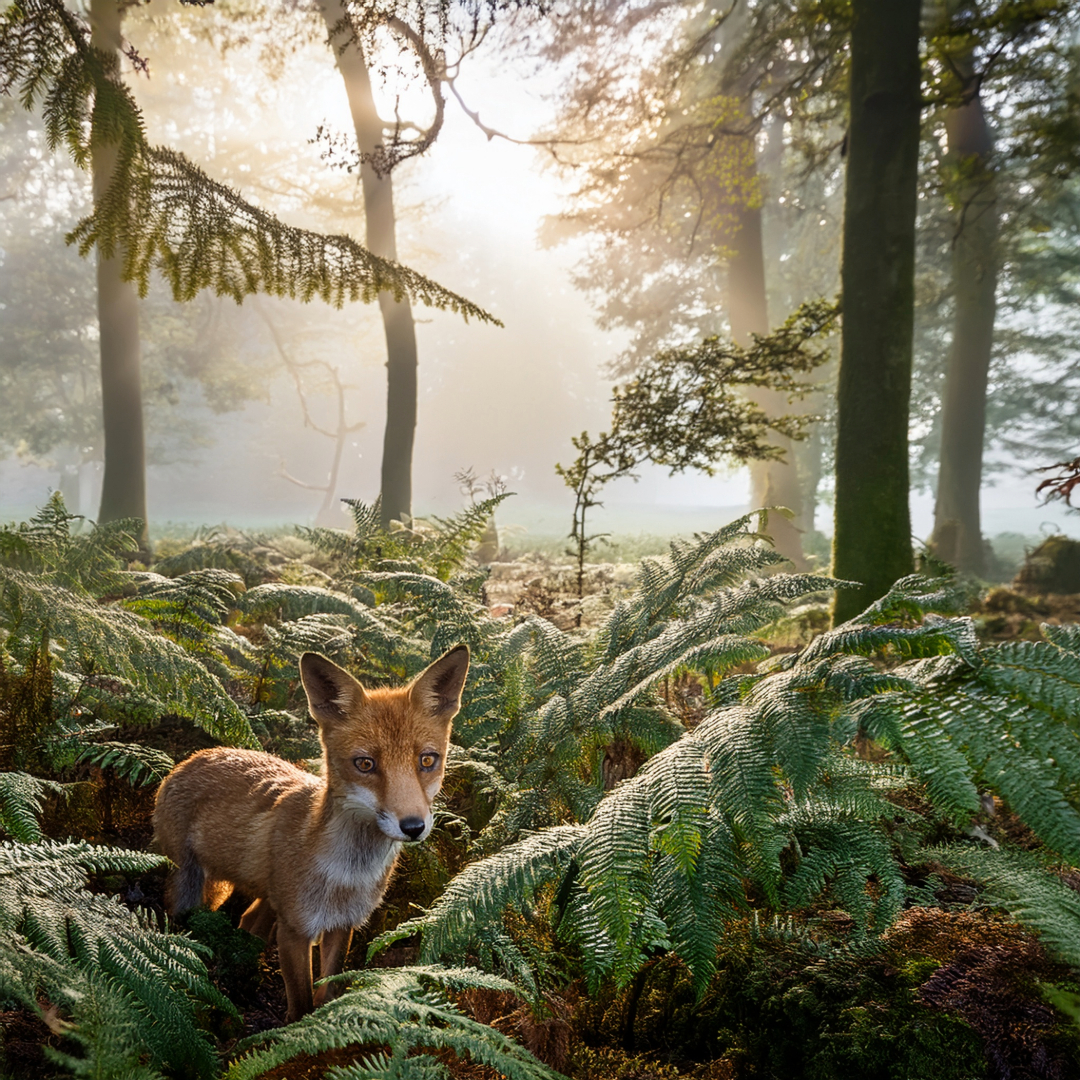
Return on 23 May to uncover the secret nurseries of the city’s deer, shrews, and weasels—and the eerie folklore that still lingers around them.
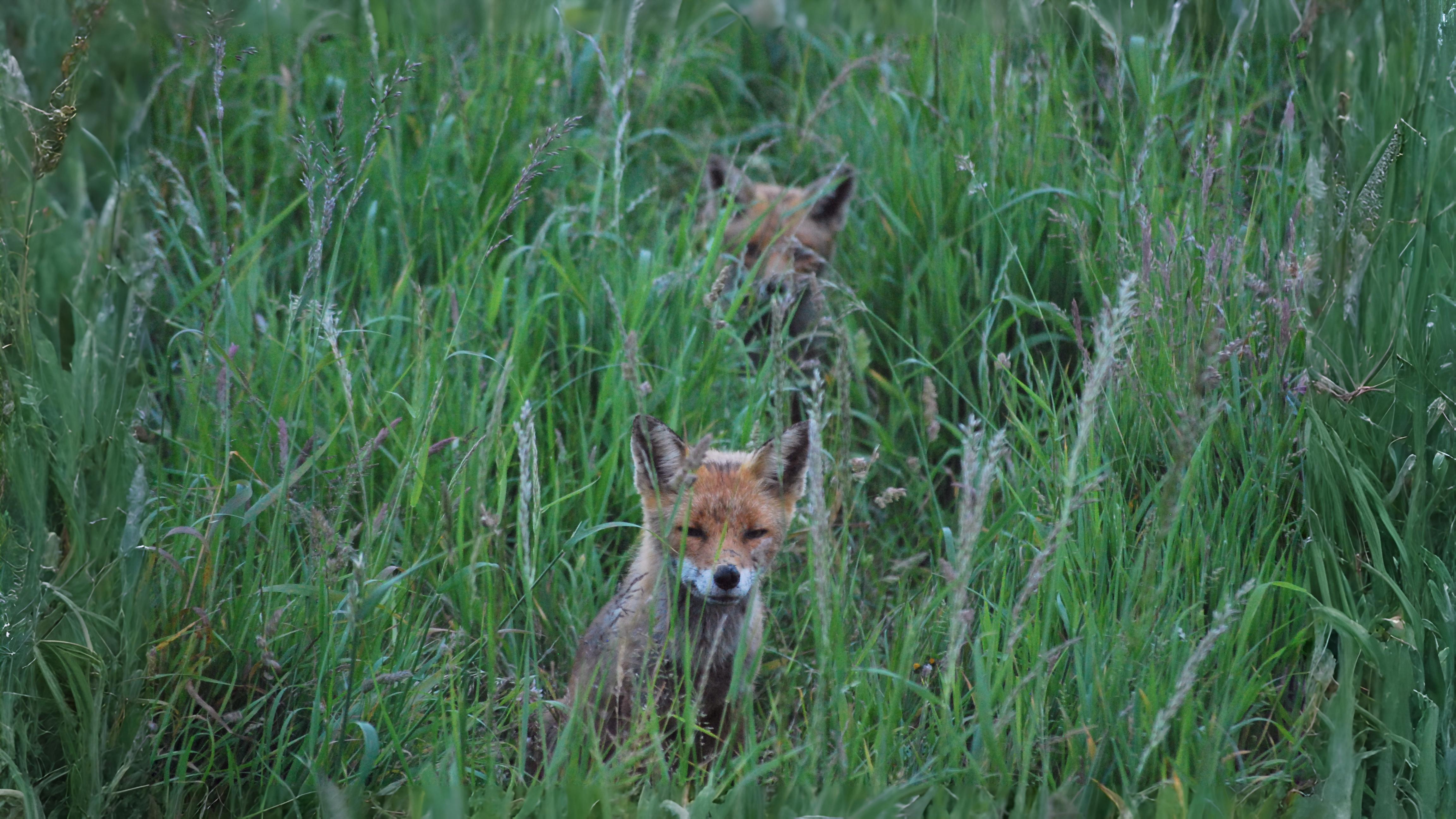

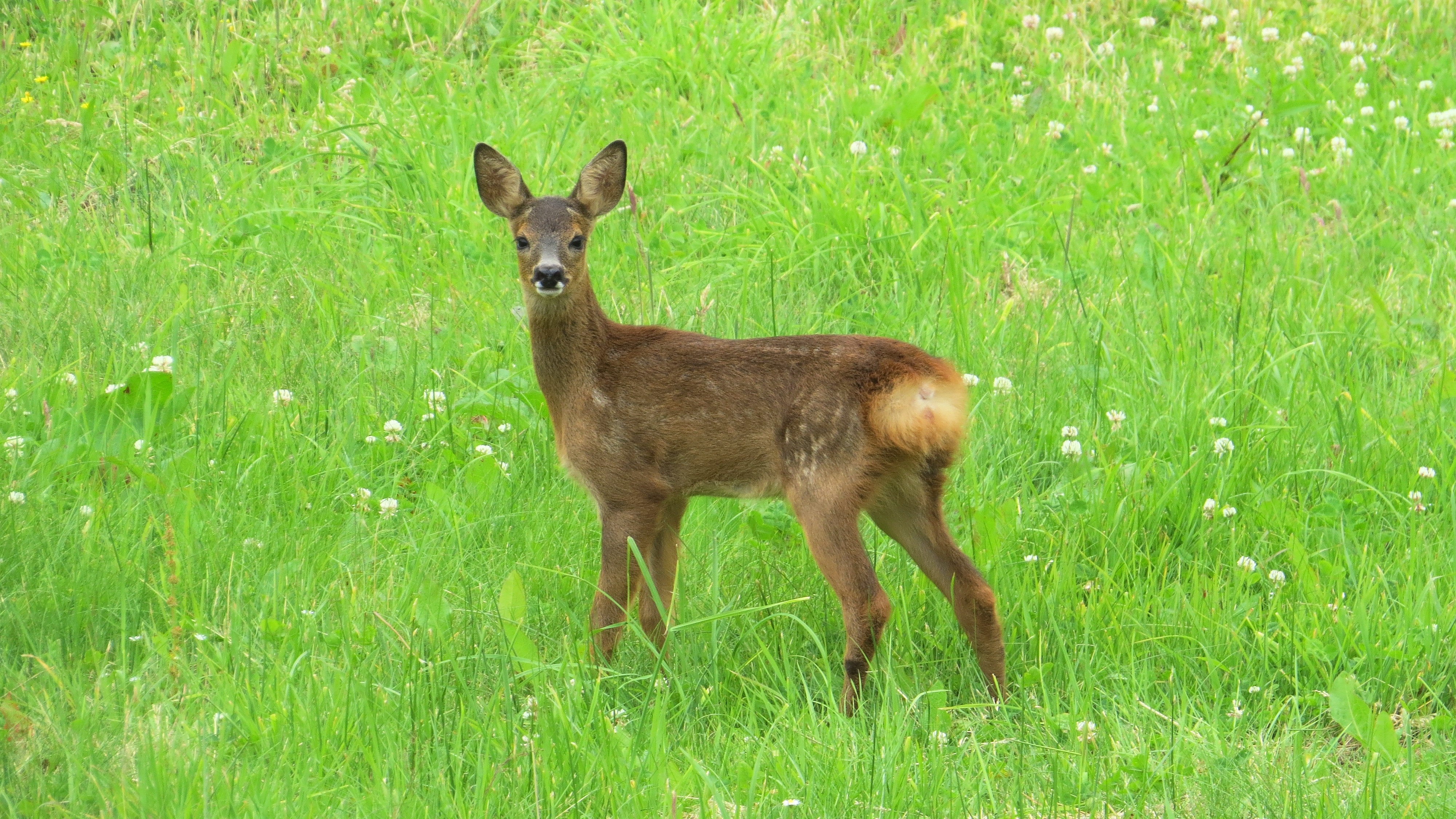

The only other young likely to be seen this month are rabbits and squirrels. Inexperienced young rabbits graze freely, inches away from roads even in daylight. When cars or humans appear, they look dazed. Young squirrels look noticeably smaller than their parents and chase each other, just as their parents do. They tend to be seen early and late in the day.
